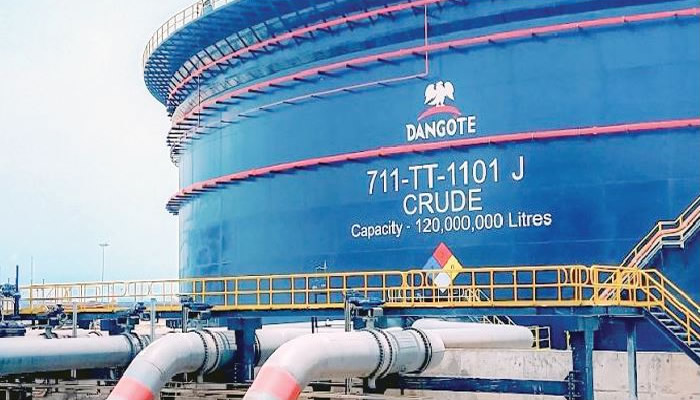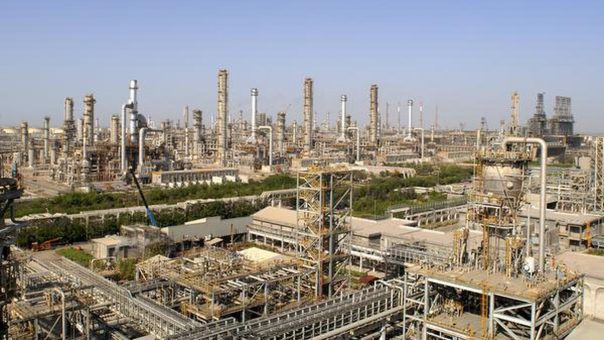By Tsvetana Paraskova
OPEC and its Russia-led non-OPEC allies are struggling to fully deliver on the oil production increase of 1 million bpd promised in June, Reuters reported on Friday, quoting an internal OPEC document that it has seen.
OPEC and allies agreed in June to relax compliance rates with the cuts to 100 percent from the previous over-compliance. The respective leaders of the OPEC and non-OPEC nations part of the deal—Saudi Arabia and Russia—have been interpreting the eased compliance as adding a total of 1 million bpd to the market.
The document that Reuters has seen, however, showed that the significant production increases in Saudi Arabia and Russia were offset by declines in Iran, Venezuela and Angola within OPEC, and by production drops in Mexico, Kazakhstan, and Malaysia from non-OPEC.
Increasing production “is a work in progress,” OPEC Secretary General Mohammad Barkindo said this week. At an event in India he also reiterated OPEC’s position that “our current view is that the market is at the moment adequately supplied and well-balanced, though in a fragile state.”
According to the internal OPEC document prepared for a technical panel meeting scheduled for Friday, OPEC—excluding Nigeria, Libya, and Congo—increased its combined production by 428,000 bpd in September compared to May. Saudi Arabia put the most extra barrels on the market and boosted its production by 524,000 bpd in September compared to May. Iraq, Kuwait, and the United Arab (UAE) also increased their production, according to the document seen by Reuters.
However, Iran’s production slumped by 376,000 bpd in September from May, Venezuela’s output plunged by 189,000 bpd, and Angola saw its production drop by 17,000 bpd between May and September.
The non-OPEC partners in the deal have increased their combined production by 296,000 bpd since May. Russia boosted production by 389,000 bpd, but part of that increase was offset by declines in Kazakhstan, Mexico, and Malaysia.








